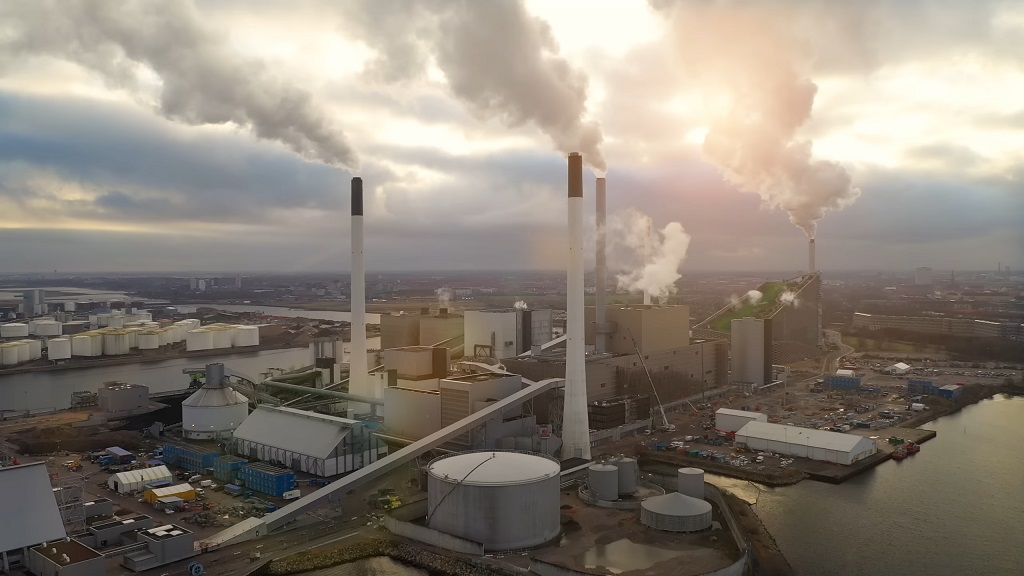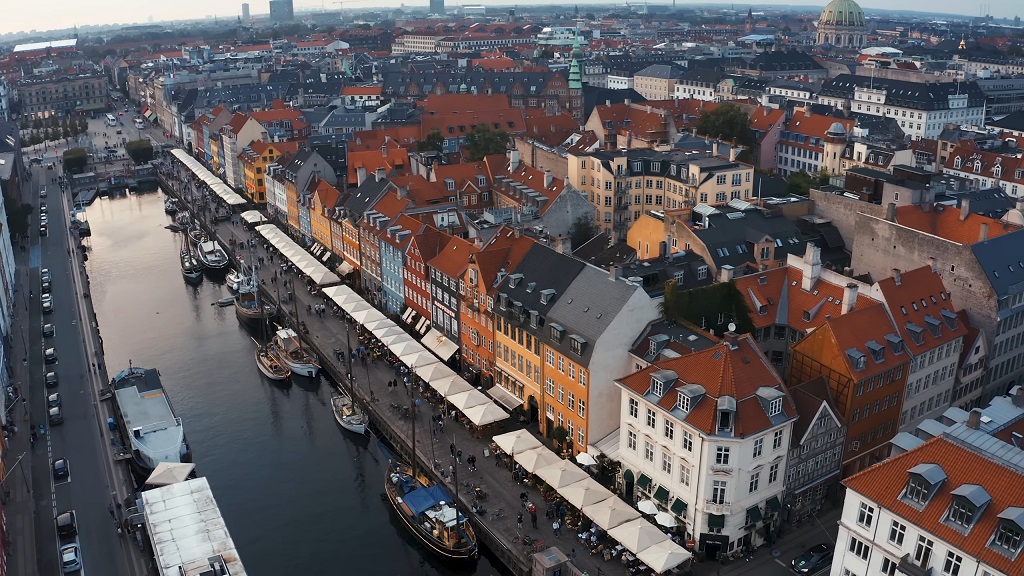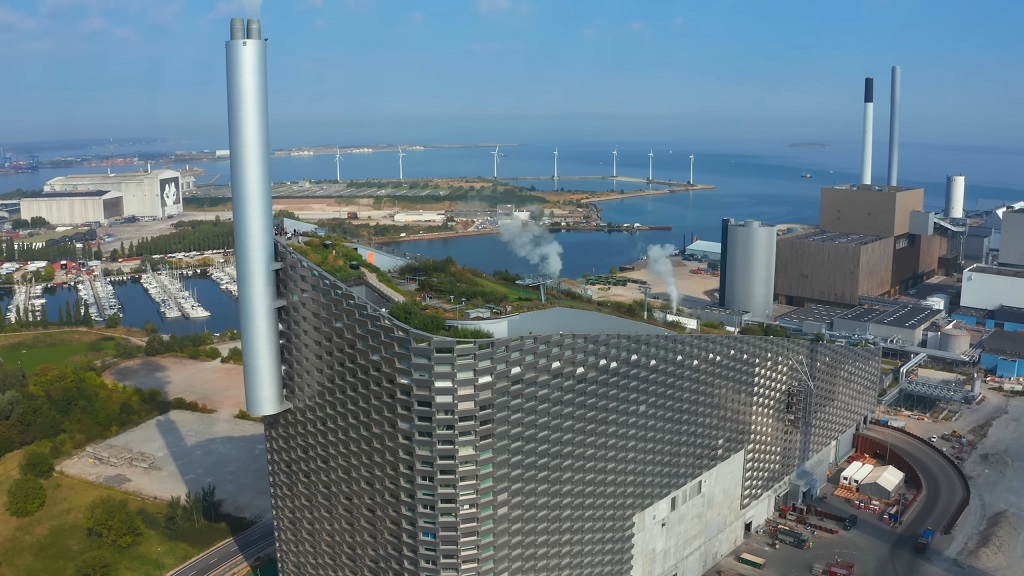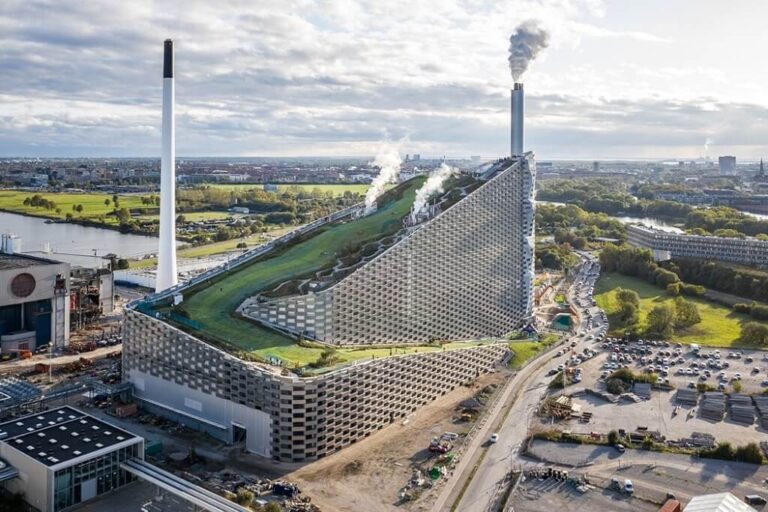Copenhagen has long been recognized as one of the world’s most energy-efficient cities, and in 2024, it took another step forward with a citywide heating awareness campaign aimed at reducing unnecessary energy use in homes, offices, and public buildings.
While Denmark already relies heavily on renewable energy, wind power supplies nearly 60% of the country’s electricity, and heating remains one of the largest sources of energy consumption and carbon emissions.
The campaign focused on something deceptively simple: changing people’s everyday heating habits. By encouraging small adjustments such as lowering thermostat settings, improving ventilation practices, and maintaining radiators correctly, Copenhagen managed to reduce heating-related energy waste across the city.
Early results showed a 6–8% reduction in household heating demand in the first year alone, proving that awareness can be just as powerful as infrastructure upgrades.
Why Heating Was Targeted

Heating is a significant focus for Denmark because of its climate and urban infrastructure:
- High demand: Nearly 70% of Danish households rely on district heating, making efficiency improvements scalable at a city level.
- Carbon impact: Heating buildings accounts for roughly 40% of Copenhagen’s total energy use.
- Rising costs: The 2022–2023 European energy crisis highlighted the vulnerability of households to volatile heating bills.
By tackling waste at the consumer level, the city sought to complement its long-term investments in district heating systems and renewable sources with immediate, low-cost efficiency gains.
Key Campaign Strategies
The campaign was built on behavioral insights and practical, accessible advice. To capture people’s attention, the city leaned heavily on visual storytelling, clear posters, infographics, and social media videos that showed residents how small changes could lead to big savings.
For those looking to create impactful visuals quickly, this could help by providing easy-to-use templates for banners and graphics that communicate energy-saving tips effectively.
| Strategy | What It Involved | Reported Impact |
| Public Awareness Messaging | Citywide ads, posters, and short videos on how to cut heating waste | Reached over 500,000 residents in the first 3 months |
| Thermostat Guidance | Encouraged households to lower room temperatures by 1–2°C | An estimated 5% reduction in heating use per degree lowered |
| Radiator & Ventilation Tips | Guidance on bleeding radiators and avoiding blocked airflow | Improved efficiency, especially in older apartments |
| Schools & Offices Participation | Educational workshops and “heating challenges” in public buildings | Reduced heating demand in municipal offices by 7% |
| Community Energy Advisors | Teams visited residential areas to provide free check-ups and advice | Over 12,000 households reached directly |
The emphasis was on empowering people with knowledge rather than penalizing them.
Results From the First Year

The campaign produced measurable savings both in energy use and household budgets.
| Metric | Before Campaign (2023) | After Campaign (2024) | % Change |
| Average household heating demand (kWh/year) | 11,200 | 10,400 | -7.1% |
| Municipal building heating demand (kWh/m²) | 140 | 129 | -7.8% |
| Household heating cost (EUR/year, avg.) | €1,480 | €1,380 | -6.7% |
| Estimated CO₂ reduction (tons citywide) | , | 45,000 | , |
(Source: City of Copenhagen Energy Department, 2024)
These results demonstrate that widespread public participation can add up to significant energy and cost savings, even in a city already known for efficiency.
Social and Economic Benefits

The impact of Copenhagen’s campaign went well beyond the immediate reduction in energy waste. For households, one of the clearest benefits was financial. On average, families saved around €100 per year on heating bills, and for low-income households, this provided much-needed relief at a time when energy costs had been unpredictable.
The campaign also achieved meaningful behavioral change. Surveys conducted after the first winter showed that nearly three out of four residents who engaged with the program adopted at least one new heating habit permanently.
Many lowered their thermostats slightly or changed the way they ventilated their homes, demonstrating that small adjustments can endure once people see the benefits.
Leadership from the public sector was another important factor. Municipal offices and schools that joined the program not only cut their own heating use but also became visible role models for the rest of the city. By showing that collective action could work at the institutional level, they gave credibility to the campaign’s message for households.
Finally, the initiative supported Copenhagen’s broader climate goals.
Every reduction in heating demand contributed to the city’s ambition of becoming the world’s first carbon-neutral capital by 2025, proving that grassroots campaigns can complement large-scale infrastructure and renewable energy projects.
Challenges and Lessons Learned
The campaign was not without its difficulties. One of the biggest challenges was ensuring that the message reached all demographics. Younger residents, who were already active online, responded quickly to digital campaigns, while older citizens required more personal, face-to-face engagement. Without this extra effort, participation would not have been as widespread.
Another issue was the persistence of new habits. While many residents maintained their improved heating practices, others slipped back into old routines when temperatures dropped sharply in mid-winter. This highlighted the need for ongoing reminders and follow-up efforts to reinforce good behavior year after year.
There were also equity concerns. Renters in older, poorly insulated buildings had far less ability to control or reduce their heating consumption compared to homeowners with modern systems.
The city recognized this gap and began exploring measures to address it, including subsidies for smart thermostats and financial support for minor building upgrades. These steps are intended to make the campaign’s benefits accessible to everyone, regardless of housing situation.
Broader Implications for Other Cities
Copenhagen’s heating awareness campaign offers a model for other cities facing high energy costs and climate targets. The key lesson is that behavioral campaigns, when combined with infrastructure investments, can achieve fast, measurable results at low cost.
Other European cities such as Helsinki, Stockholm, and Amsterdam are already studying Copenhagen’s approach, and similar campaigns are expected to roll out in 2025.
Conclusion
Copenhagen’s citywide heating awareness campaign shows that meaningful energy savings don’t always require massive infrastructure overhauls. By changing everyday habits, lowering thermostats slightly, maintaining radiators, and making heating use more visible, the city cut waste, reduced household bills, and advanced its climate goals.
In a world where energy demand is growing and climate deadlines are urgent, Copenhagen proves that sometimes the simplest solutions, awareness, education, and small behavioral changes can deliver big results.

